Antique Heriz Handwoven Tribal Rug, J69660
Antique Heriz Handwoven Tribal Rug, J69660
8' 9" X 12' 1"
 Free Shipping in the Continental US
Free Shipping in the Continental US
 Handmade
Handmade
| SKU | J69660 |
|---|---|
| Size | 8' 9" X 12' 1" |
| Size Category | 9 X 12 |
| Shape | Rectangle |
| Origin | Persian |
| Style | Tribal |
| Sub Style | Nomadic Persian & Turkish |
| Primary Color | Red |
| Background Color | Rust |
| Accent Color | Camel |
| Pile Fiber | Wool |
| Foundation Fiber | Cotton |
| Age | Antique |
| Circa | 1900 |
| Design Name | Heriz |
| Construction | Handwoven |
| Surface | Pile |
The Heriz rug, originating from the Heris village in northwestern Iran, is well-recognized for its bold geometric designs and exceptional durability. This particular rug showcases a tribal style with a predominant rust-colored background and a camel-colored border, highlighted by a central medallion in beige with red and blue accents. The rug's intricate design features a mix of floral and angular motifs that are symmetrically arranged around the medallion, creating a structured and harmonious aesthetic.
Dating back to circa 1900, this carpet is constructed from high-quality wool on a cotton foundation, a characteristic that contributes to its durability and robust texture. The primary field color is a deep red, complemented by accents in blue, beige, and hints of green and yellow. The borders of the rug are distinct, with the outermost being light beige adorned with floral motifs in various colors, including red, blue, and green. Additional narrow borders contain interlocking geometric shapes and patterns that enhance the rug's visual complexity.
Heriz rugs are known for their dense piles, which contribute to their prolonged longevity and suitability for various home settings. This particular rug exemplifies the traditional craftsmanship of Heriz weavers, reflected in the intricate patterns and the high knot density. The designs seen in Heriz rugs often involve stylized floral patterns and geometric forms that are influenced by Persian artistic traditions and tribal weaving techniques.
Historically, the production of Heriz rugs became prominent in the late 19th century, around the time Persian carpet weaving saw a revival. The cold climate of the Heriz region, along with the skilled craftsmanship passed down through generations, has resulted in the creation of fine wool rugs that are both aesthetically pleasing and functionally durable. The traditional techniques and cultural influences from neighboring regions like the Turks, Armenians, and Kurds are evident in these rugs, making each piece unique.
Overall, the Heriz rug's combination of material quality, intricate design, and historical significance makes it a valuable and enduring piece. The preserved traditional techniques used in its creation ensure that these rugs maintain their authenticity and cultural importance through the ages.
Last Updated on 4/9/2025
Please note there are different policies for handwoven rugs and carpet area rugs
HANDWOVEN RUG POLICY
3 Day Money Back Guarantee and Return Policy for Handwoven Rugs
At Landry & Arcari, we hope to help you find the perfect rug for your home, which is why we give you a chance to view any handmade rug in your home for three days. If you decide the rug is not for you, you may return it within three days for a refund, less return shipping charges. The following conditions apply:
- The three-day return period begins upon delivery of the rug to the shipping address you provided.
- Returns after three days are considered exchanges and are valid for a merchandise credit only.
- Exchanges are up to 30 Days. After 30 days, your sale is final.
- All Customers are responsible for return shipping and insurance charges. Customers outside the Continental US will also be responsible for any local duty and vat charges.
- The item must be unused and in the same condition as received to be eligible for a refund or exchange.
- Once your return is received and inspected, we will send you an email to notify you of your return approval or rejection. If approved, we will include a copy of your refund.
- To return your rug, you will need to properly wrap and secure it in the original wrapping. If you require new wrapping, don't hesitate to contact us.
- THIS POLICY DOES NOT APPLY to custom ordered rugs, carpet and carpet area rugs, custom rug fabrication and alterations of any kind, rug & carpeting pads, wholesale, or trade accounts.
CARPET AREA RUGS AND ROLL GOODS POLICY
All carpet sales are final (after we review your order)
Each carpet area rug is made-to-order, which is why all carpet sales are final. However, once you place your order, we will contact you via email or phone to confirm the exact dimensions, carpet product, and color before processing your final order. This policy applies to carpet rolls as well.
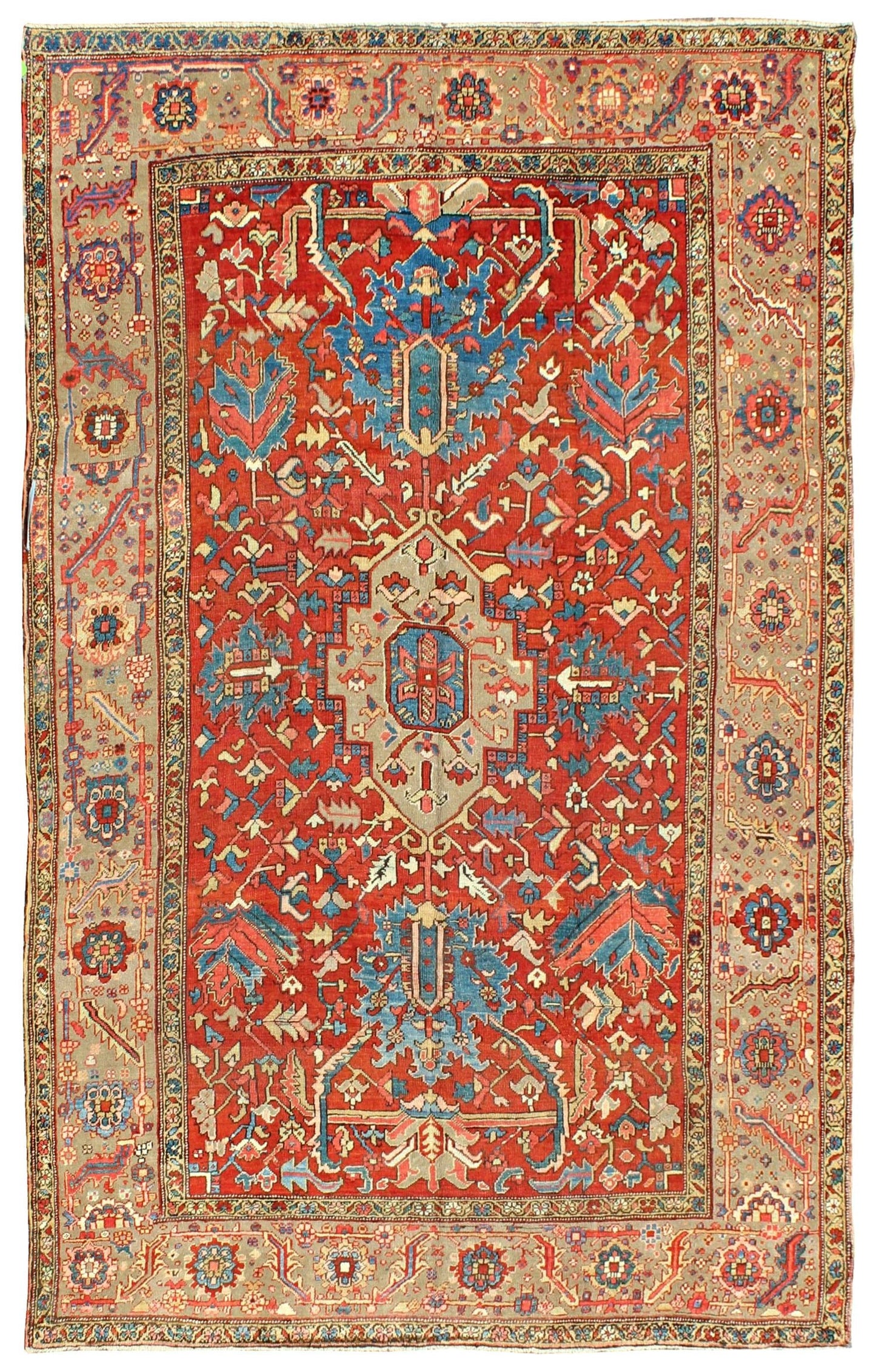
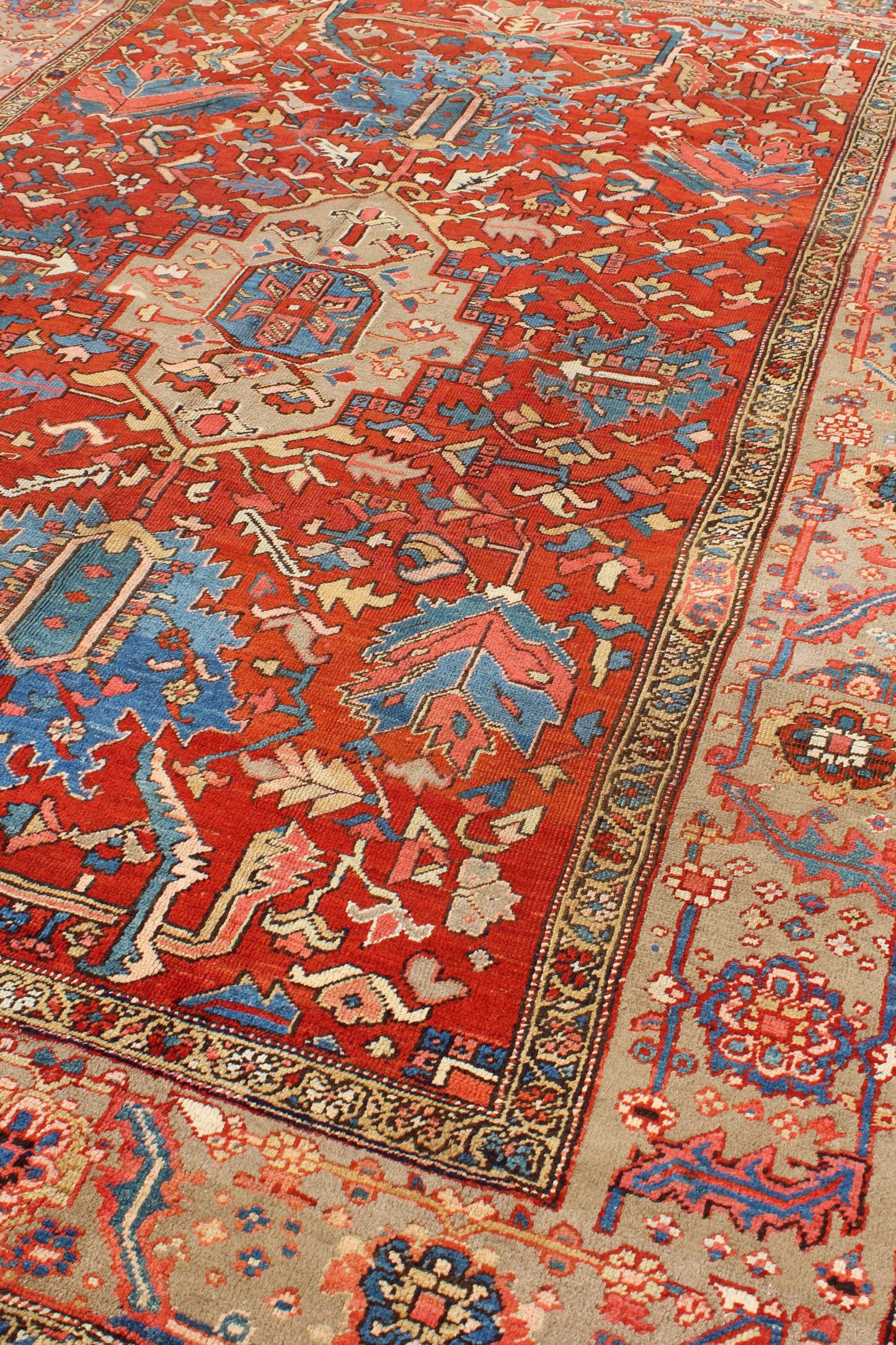
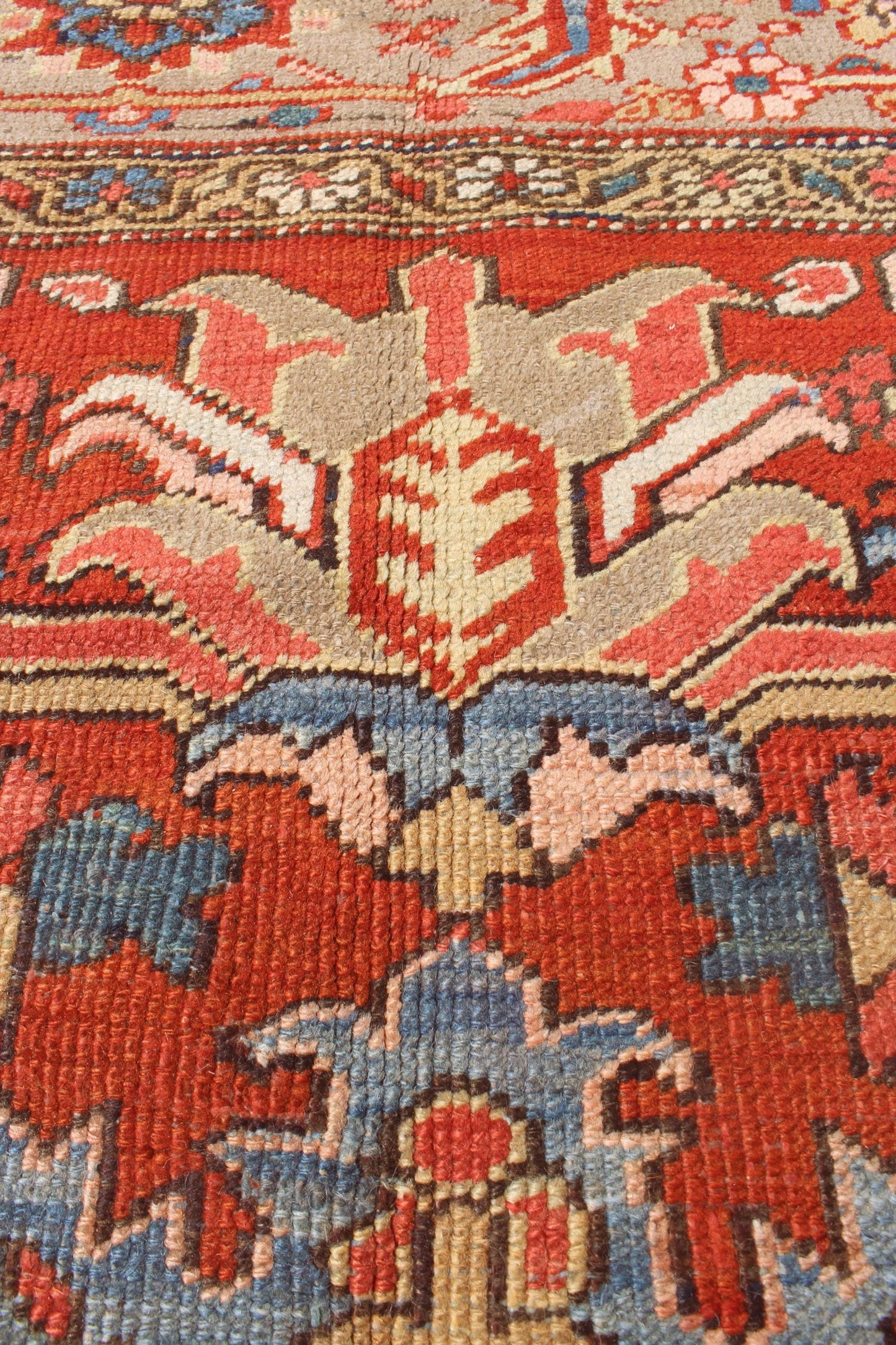
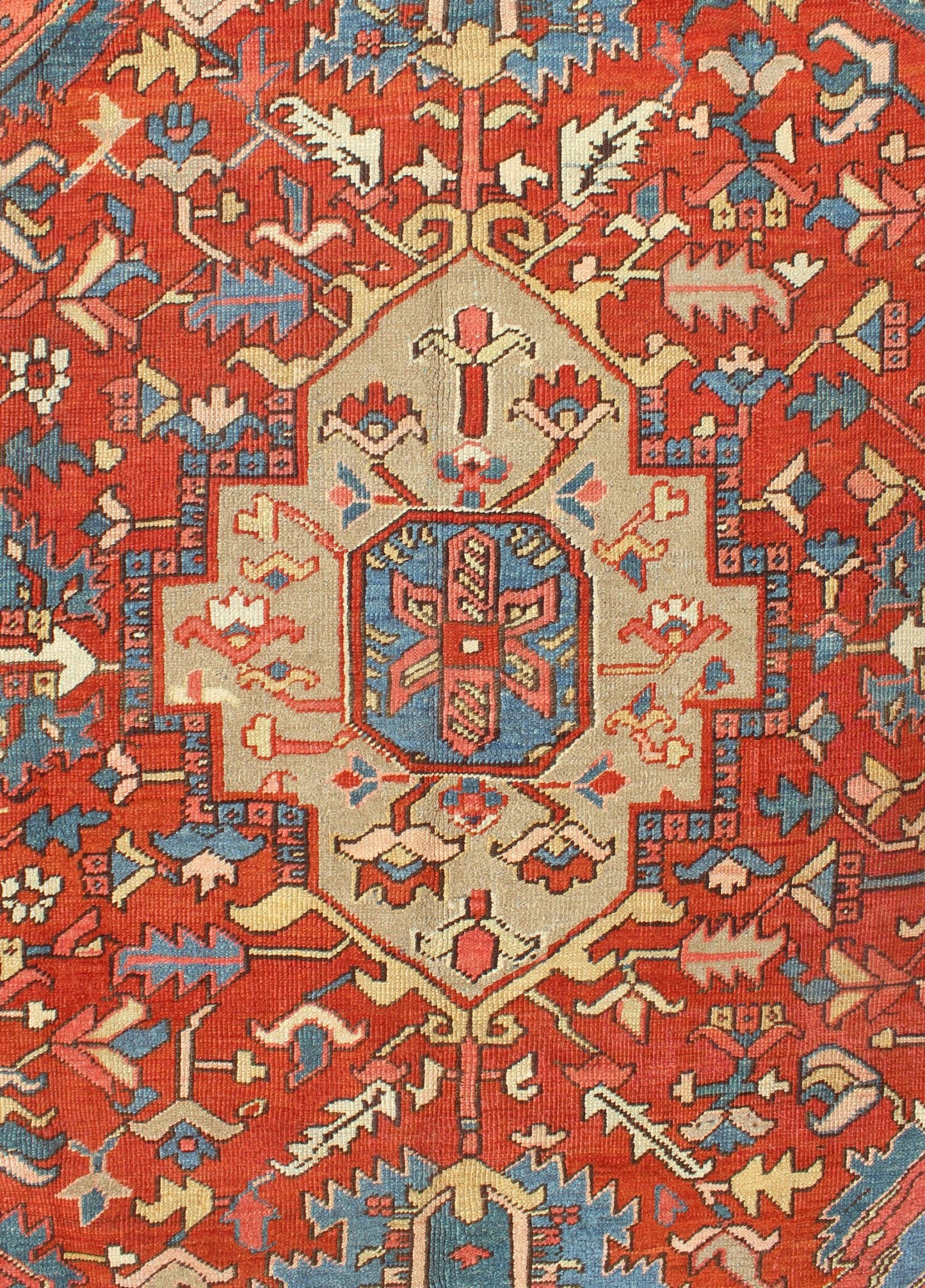
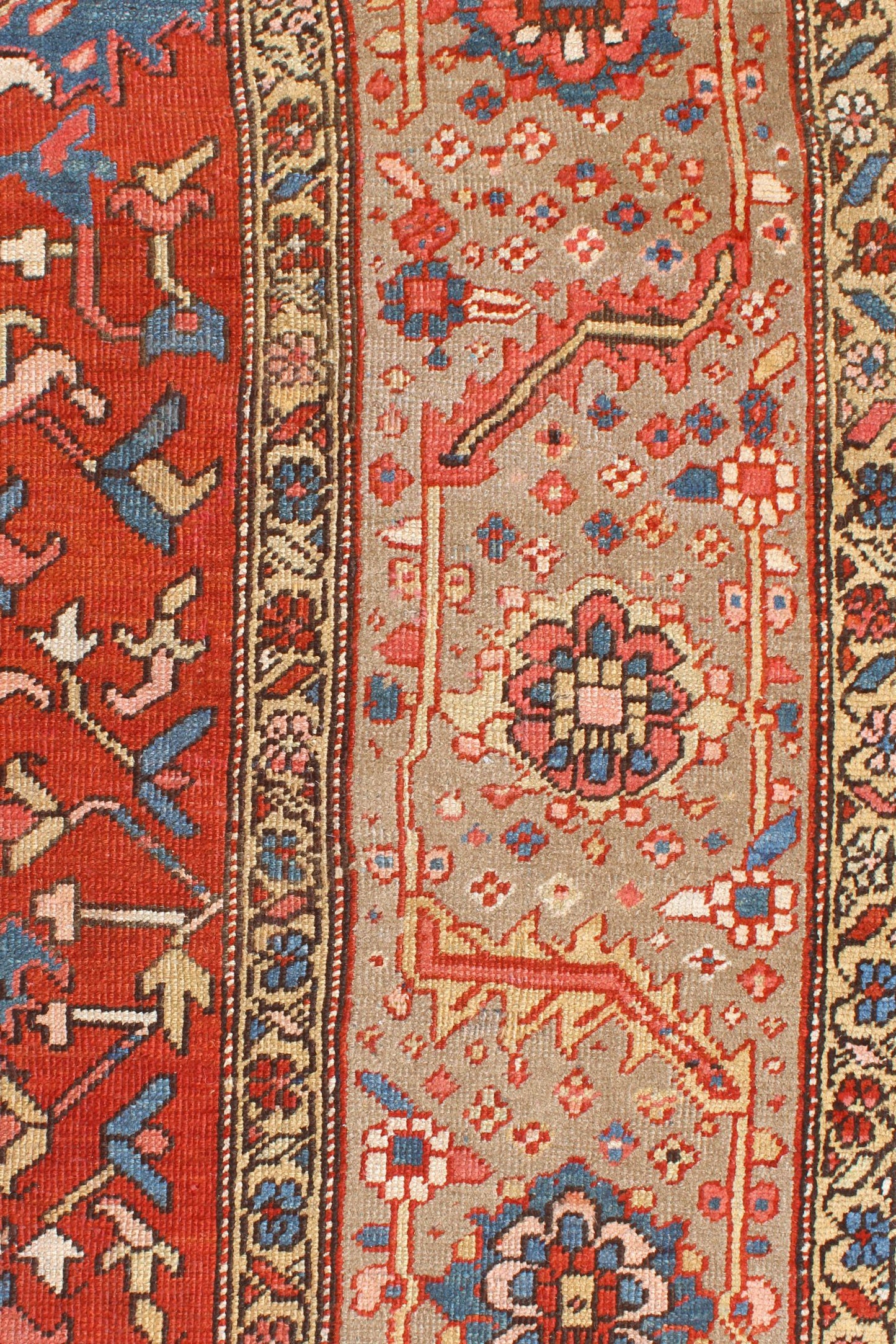
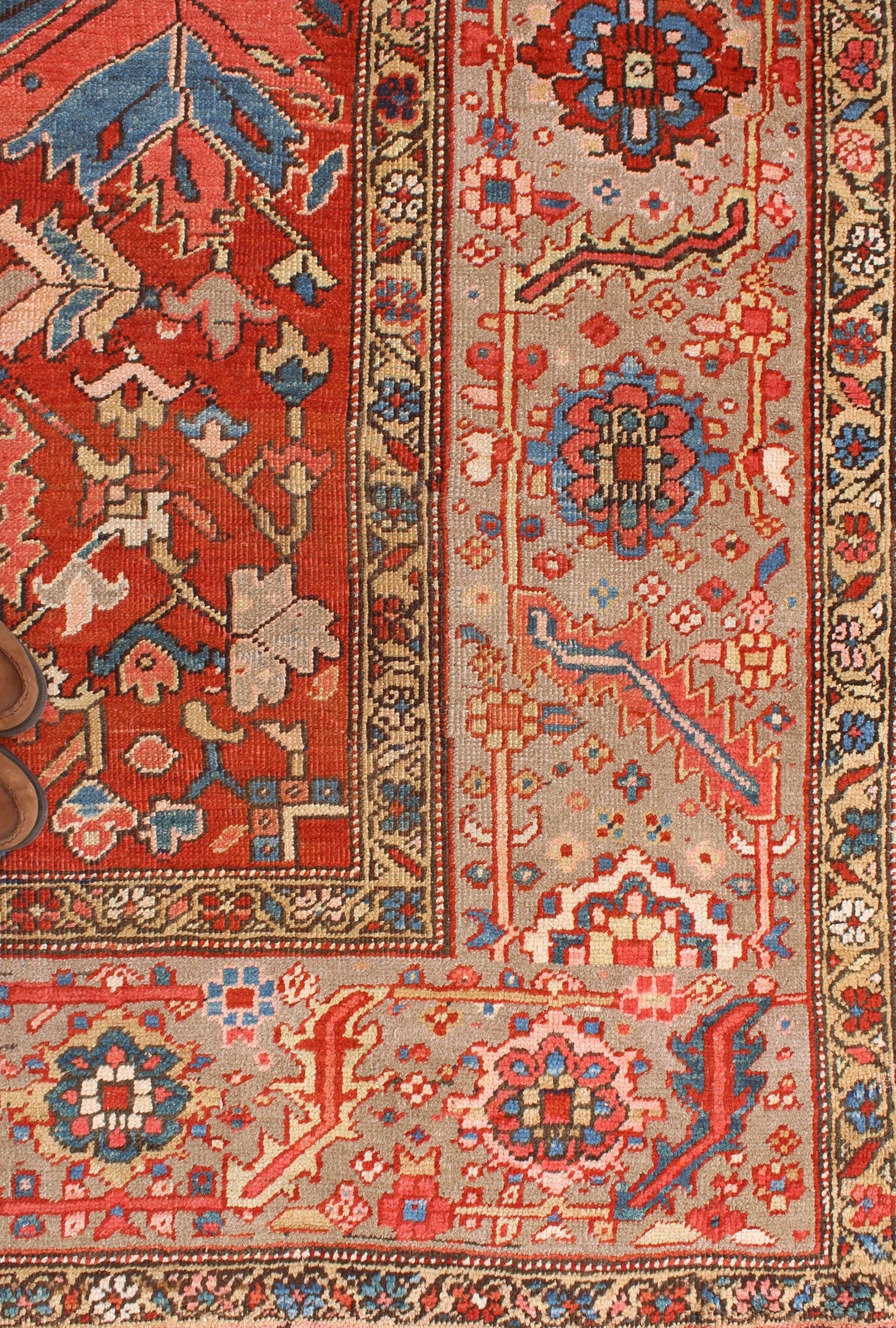
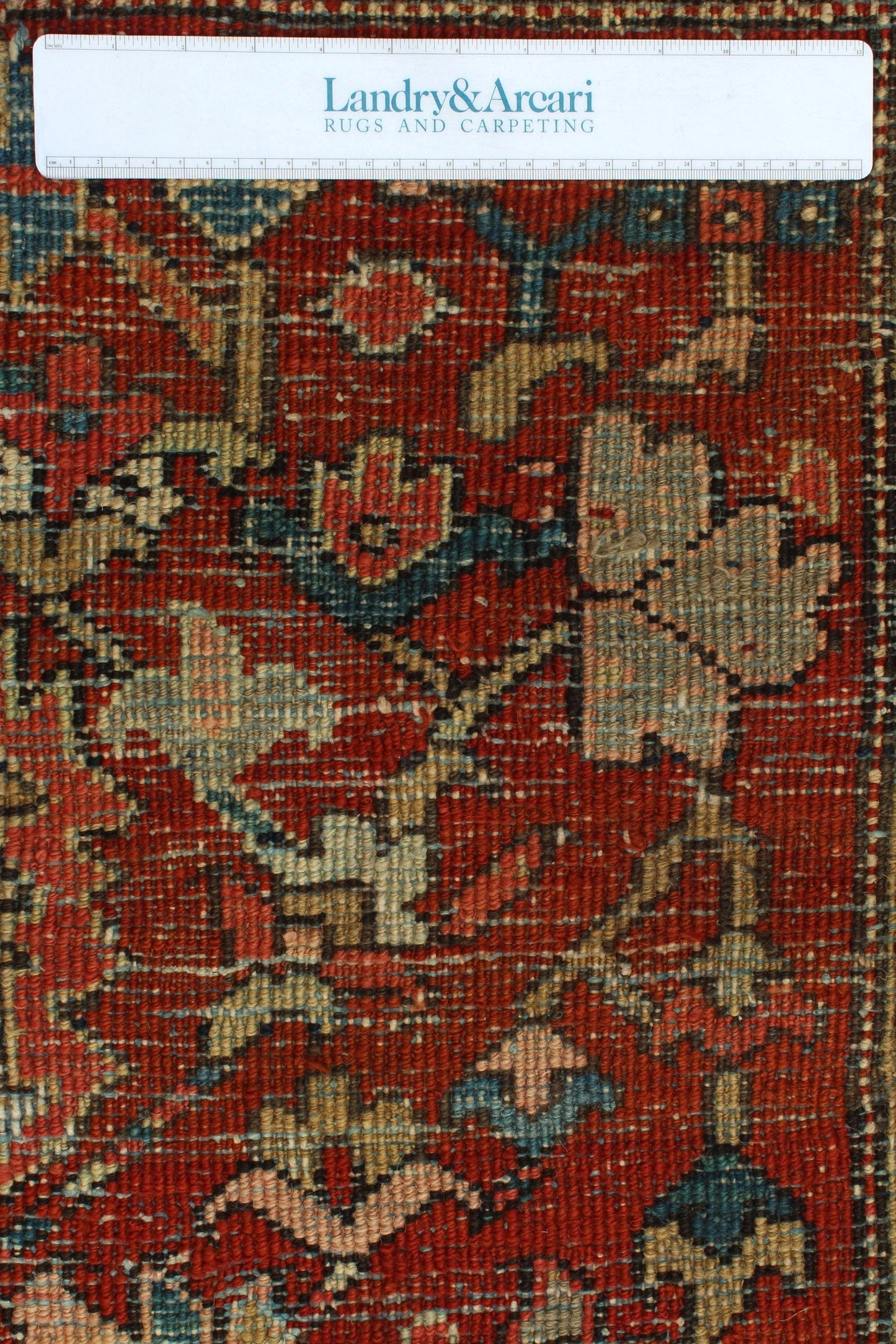
Antique Heriz Handwoven Tribal Rug, J69660
Don’t take our word for it

Last fall, my husband and I purchased a gorgeous silk from you for our Boston Condo. Based on the quality of your rugs and customer service, we decided to visit you again to purchase rugs for our Connecticut home. Luckily, we received your postcard about the tent sale and came home with two more stunning rugs.

I can't say enough good things about this store, especially Susanne and Breanna. I shop at many rug places as I am an interior designer looking for very specific rugs all the time. No one out there compares to this store and their wonderful Sales associates. Thank you Susanne and Breanna for all your help!

Over the past year we purchased three rugs, as well as carpet from L&A. Our experience could not have been more positive and we love what we purchased.
In addition, every single person
in the showroom was beyond helpful, knowledgeable and kind. It was truly a pleasure. Thank you!


Never have I enjoyed spending money as much as at Landry & Arcari!!! Thank you so much for your attention and guidance. The rug I chose grounds the furniture and makes the living room. It is so beautiful and I really appreciate all of your help.










